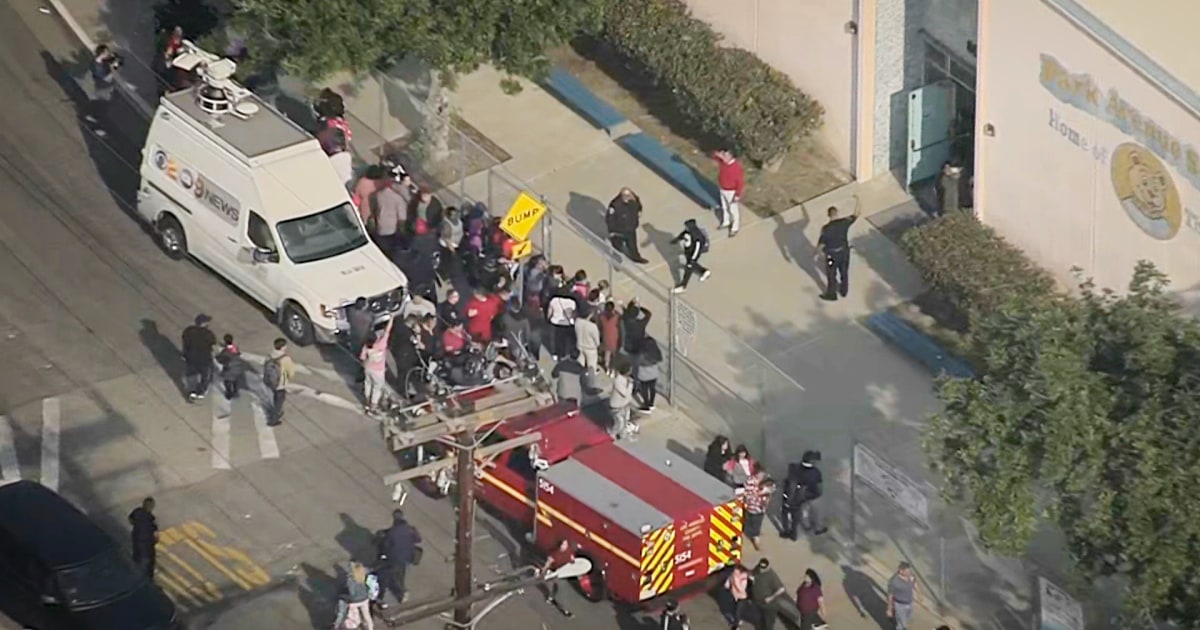We'll just dump it on some school kids.

 www.nbcnews.com
www.nbcnews.com

More than 50 injured after Delta jet dumps fuel on L.A. schools during midair emergency
At least 20 children and dozens of other people at seven schools were treated for minor injuries after exposure to the jet fuel.



